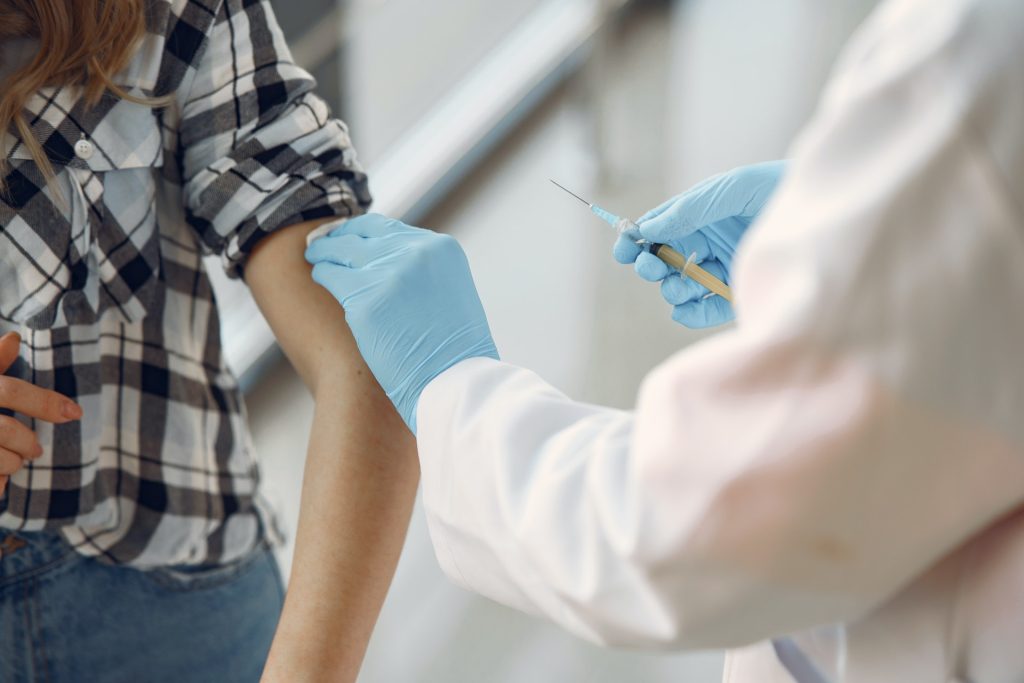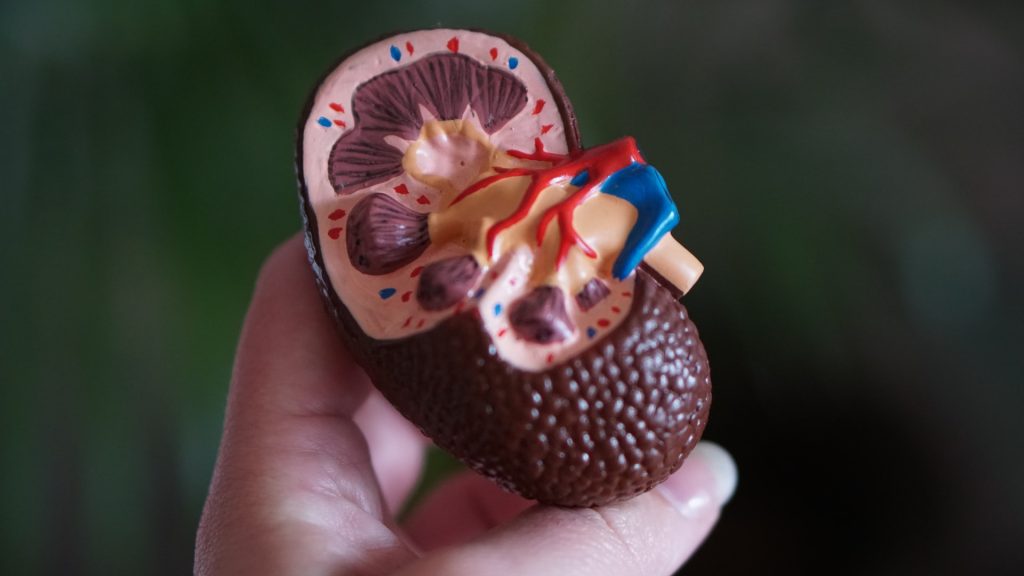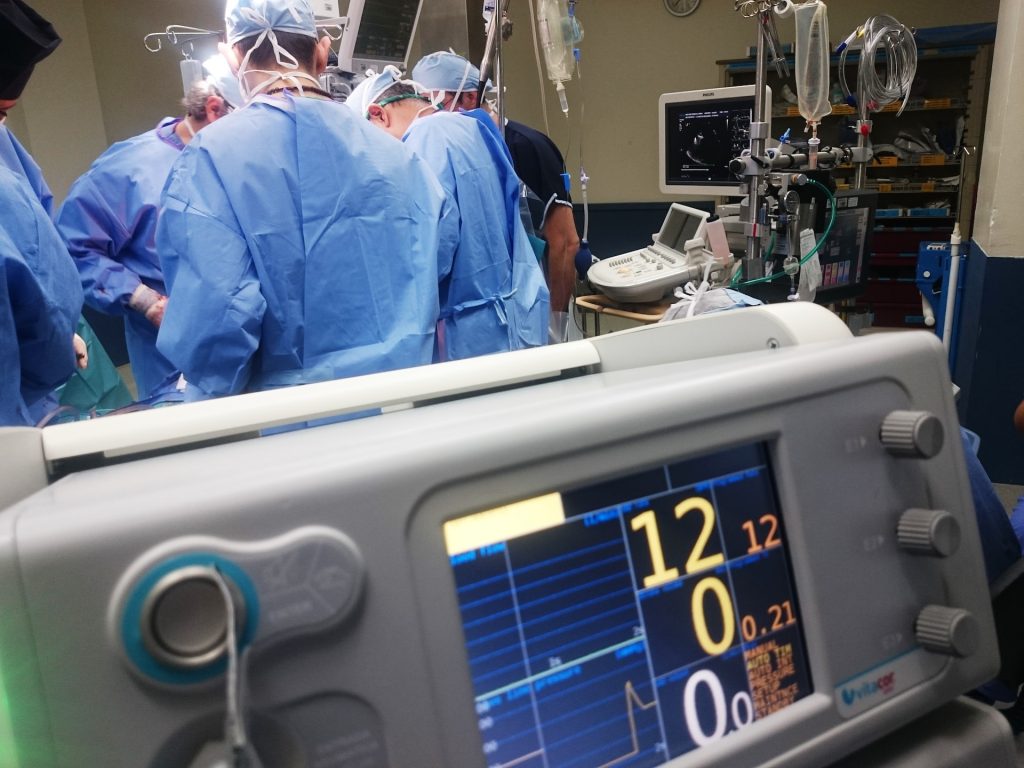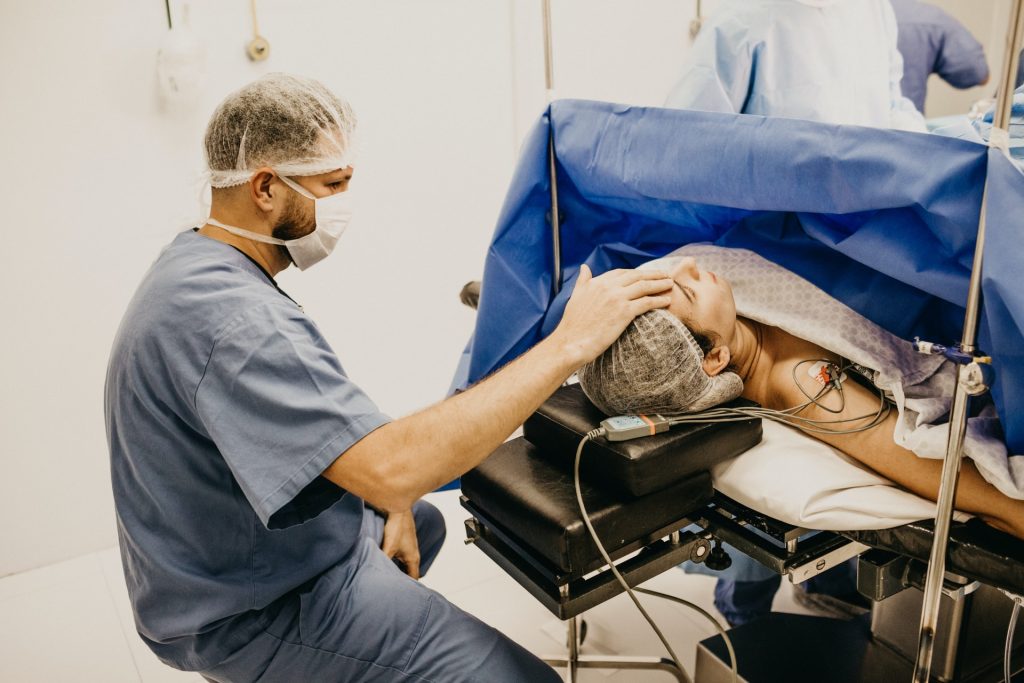COVID Vaccination Boosts Nasopharyngeal Cancer Treatment Success

Patients with nasopharyngeal cancer are often treated with immunotherapy. It was previously feared that, due to its immune response stimulation, COVID vaccination could reduce the success of cancer treatment or cause severe side effects. A recent study published as a “Letter to the editor” in the journal Annals of Oncology now gives the all-clear on this matter. What’s more, the study showed that cancer drugs actually worked better after vaccination with the Chinese vaccine SinoVac than in unvaccinated patients.
Many cancer cells are capable of subverting the body’s immune response. They do this by acting on the PD-1 receptor, they effectively shut down these endogenous defence forces. Drugs can be used to block PD-1 receptors. This enables the immune system to fight the tumour more effectively.
Vaccination against COVID also stimulates the immune response, involving the PD-1 receptor. “It was feared that the vaccine would not be compatible with anti-PD-1 therapy,” explains Dr Jian Li of the Institute of Molecular Medicine and Experimental Immunology (IMMEI) at the University Hospital Bonn. “This risk is especially true for nasopharyngeal cancer, which, like the SARS Cov-2 virus, affects the upper respiratory tract.”
Researchers from the Universities of Bonn and Shanxi in the People’s Republic of China investigated whether this concern is justified. More than 1500 patients treated in 23 hospitals from all over China participated in the analysis. Such multi-centre studies are considered to be particularly informative because the participants are very diverse and, moreover, the results are not distorted by regional characteristics.
Better response to cancer therapy
A subset of 373 affected individuals had been vaccinated with the Chinese COVID vaccine SinoVac. “Surprisingly, they responded significantly better to anti-PD-1 therapy than the unvaccinated patients,” explains Prof. Dr. Christian Kurts, Director of IMMEI. “Furthermore, they did not experience severe side effects more often.” The researchers cannot say why the treatment was more successful after vaccination. “We assume that vaccination activates certain immune cells, which then attack the tumor,” says Prof. Dr. Qi Mei of Shanxi University Hospital. “We will now investigate this hypothesis further.”
Nasopharyngeal cancer is quite rare in this country. In southern China and other countries in Southeast Asia, however, the disease is widespread. One of the suspected reasons for this is the frequent use of air conditioning in the hot and humid regions. Nutritional factors also appear to play an important role. In Taiwan, nasopharyngeal cancer is now considered one of the leading causes of death among young men.
Source: University of Bonn










